Hydrangeas captivate us with their big, bold blooms. These flowering shrubs offer a world of color and charm. They bring beauty to any outdoor space, from classic bigleaf varieties to unique climbing types.
This guide will help you choose the right hydrangea varieties. You'll learn how to create ideal growing conditions for these stunning plants. We'll also cover care techniques and how to change bloom colors.
Get ready to transform your garden into a hydrangea haven! With the right knowledge, you can nurture these beautiful shrubs successfully.
Understanding Different Hydrangea Varieties for Your Garden
Hydrangeas offer many options for your garden. These versatile shrubs can transform any landscape. Let's explore some popular hydrangea types for your outdoor space.
Classic Garden Favorites
Bigleaf hydrangeas are loved for their large, showy blooms. They thrive in partial shade and moist soil. Lacecap hydrangeas have flatter flower clusters with tiny buds surrounded by larger blooms.
Both varieties add elegance to any garden setting. They're perfect for creating a classic look in your outdoor area.
Low-Maintenance Options
Panicle and smooth hydrangeas are great for busy gardeners. Panicle hydrangeas have cone-shaped flowers and can handle more sun. Smooth hydrangeas have large, round flower heads and adapt to various soils.
Unique Landscape Solutions
Climbing hydrangeas are perfect for covering walls or fences. Oakleaf varieties have distinctive leaf shapes and beautiful fall colors. These unique types can solve landscape challenges and add visual interest.
- Bigleaf: Large, showy blooms
- Lacecap: Flat flower clusters
- Panicle: Cone-shaped flowers
- Smooth: Round flower heads
- Climbing: Vertical growth
- Oakleaf: Unique leaf shape
With many hydrangea varieties available, you'll find the perfect match. Your garden's style and needs will guide your choice.
Perfect Growing Conditions for Thriving Hydrangeas
Your hydrangeas need the right environment to thrive. Let's look at the ideal conditions for these beautiful plants.
Soil Composition and pH Levels
Hydrangeas love rich, well-draining soil. The soil pH affects plant health and bloom color. Most prefer slightly acidic soil with a pH of 5.5 to 6.5.
You can test your soil pH with a kit from a garden center. This simple test helps ensure your hydrangeas get the right soil conditions.
Sunlight and Location
Find a spot with morning sun and afternoon shade. This protects your hydrangeas from harsh midday heat. In cooler areas, they can handle more sun.
Plant them near a building's east or north side. This provides natural protection for your hydrangeas.
Water and Moisture Management
Hydrangeas need consistent moisture but dislike soggy soil. Water deeply once or twice a week, depending on rainfall. Add mulch to keep moisture in and keep roots cool.
Some newer varieties can handle drier conditions. However, most hydrangeas need regular watering to stay healthy and bloom well.
- Water at the base of the plant
- Use drip irrigation for efficiency
- Avoid overhead watering to prevent fungal issues
Give your hydrangeas these ideal growing conditions. You'll soon have stunning plants that neighbors will admire.
Essential Hydrangea Care and Maintenance Tips
Proper hydrangea care ensures your plants thrive all year. Prune bigleaf types after flowering. Trim panicle and smooth hydrangeas in late winter. Remove dead or crossing branches to boost air circulation.
Fertilizing boosts blooms. Apply balanced, slow-release fertilizer in spring. Mulch the base with organic materials like bark chips. Keep mulch away from stems to retain moisture and stop weeds.
- Water deeply once a week
- Protect from harsh sun in hot climates
- Remove spent blooms to encourage new growth
Look out for powdery mildew or leaf spot. Treat quickly with fungicides if needed. Regular pruning improves air flow and prevents these issues.
In winter, add mulch to shield roots from freezing. Move container plants to a sheltered spot. These tips will help your hydrangeas stay lush and healthy.
Mastering the Art of Hydrangea Color Changes
Hydrangeas allow gardeners to experiment with colors. Soil Ferien NRW 2024 pH is the key factor in changing hydrangea hues. Let's discover how to create a stunning garden display.
Adjusting Soil pH for Blue and Pink Blooms
Soil pH is crucial for altering hydrangea colors. Blue flowers thrive in acidic soil with a pH of 5.0-5.5. Pink blooms prefer a pH range of 6.0-6.5.
Start by testing your soil pH. Then, make gradual adjustments to achieve your desired color.
- Lower pH: Add sulfur or aluminum sulfate
- Raise pH: Apply lime or wood ash
Natural Color Enhancement Techniques
Try these natural methods to enhance hydrangea colors:
- Coffee grounds for blue blooms
- Eggshells for pink flowers
- Compost tea for overall plant health https://heimoase.com
Timing Your Color Transformation Process
Begin soil amendments in fall or early spring. Color changes require time and patience. Monitor your plants regularly and adjust your approach as needed.
With practice, you'll become an expert at creating beautiful hydrangea colors. Your garden will soon boast a vibrant display of these lovely flowers.
Seasonal Care Guide for Healthy Hydrangea Growth
Hydrangea care varies throughout the year to keep these flowering shrubs healthy. In spring, remove winter protection and prune as needed. Feed hydrangeas with balanced fertilizer to boost growth.
Summer focuses on watering. Keep soil moist but not waterlogged. Mulch around the base to retain moisture and cool roots.
Deadhead spent blooms to encourage more flowers. This doesn't apply to oakleaf or panicle varieties.
Fall is clean-up season. Remove fallen leaves and debris from around your hydrangeas. In cold climates, wait for the first frost before cutting back stems.
In warmer areas, leave faded blooms for winter interest. Winter care depends on your location. Wrap plants with burlap in harsh climates.
Add a thick layer of mulch for protection in cold regions. In milder areas, simply clear away dead foliage. Proper seasonal care ensures thriving hydrangeas with beautiful blooms.
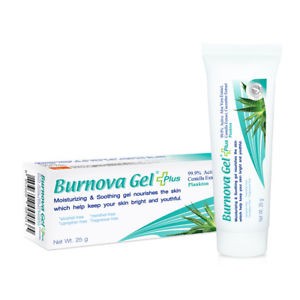 Burnova Plus Gel Aloe and Plankton 25g
2 × 3.72 $
Burnova Plus Gel Aloe and Plankton 25g
2 × 3.72 $ 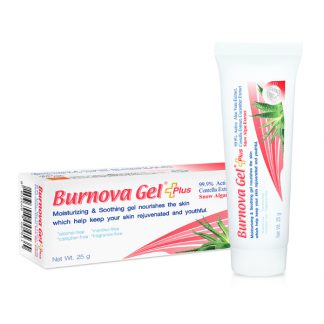 Aloe Vera Gel Burnova Plus snow Algae 25g
2 × 3.72 $
Aloe Vera Gel Burnova Plus snow Algae 25g
2 × 3.72 $  Benda Anthelmintic Suspension (30 ml)
1 × 2.66 $
Benda Anthelmintic Suspension (30 ml)
1 × 2.66 $  Drops for eye fatigue Allergis 5 ml
6 × 2.79 $
Drops for eye fatigue Allergis 5 ml
6 × 2.79 $ 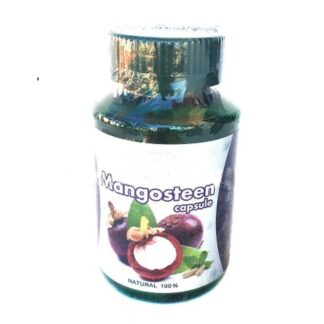 Mangosteen Capsule 100% natural 30 capsules
1 × 6.51 $
Mangosteen Capsule 100% natural 30 capsules
1 × 6.51 $ 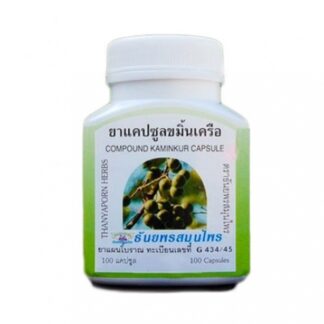 Compound Kamincur Capsule Thanyaporn Brand
1 × 5.12 $
Compound Kamincur Capsule Thanyaporn Brand
1 × 5.12 $ 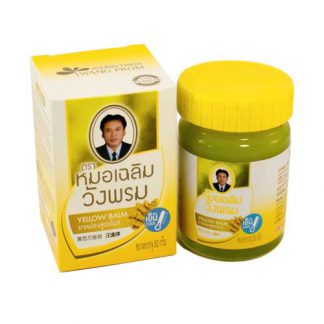 Wang prom yellow balm (50 gr)
10 × 3.07 $
Wang prom yellow balm (50 gr)
10 × 3.07 $ 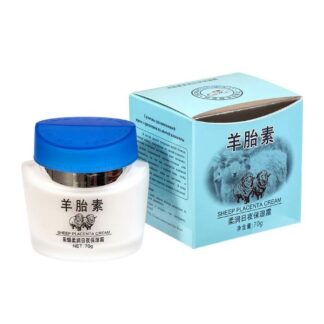 Sheep Placenta Cream
1 × 6.82 $
Sheep Placenta Cream
1 × 6.82 $ 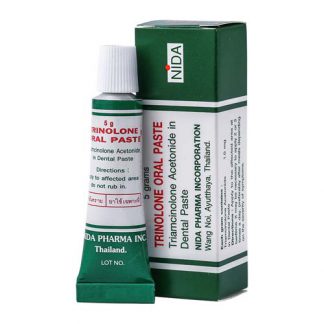 Nida Trinolone Oral Paste for treatment of stomatitis
8 × 2.56 $
Nida Trinolone Oral Paste for treatment of stomatitis
8 × 2.56 $  Drinking marine collagen for beauty and health Donutt
1 × 15.89 $
Drinking marine collagen for beauty and health Donutt
1 × 15.89 $ 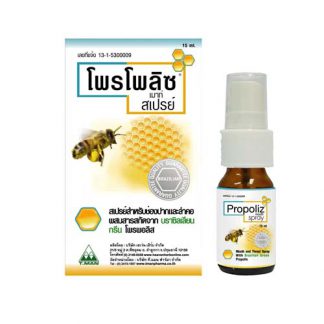 Propoliz mouth spray
1 × 6.14 $
Propoliz mouth spray
1 × 6.14 $ 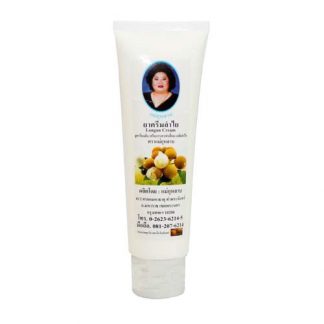 Hamar longan Foot Pain cream
1 × 6.31 $
Hamar longan Foot Pain cream
1 × 6.31 $ 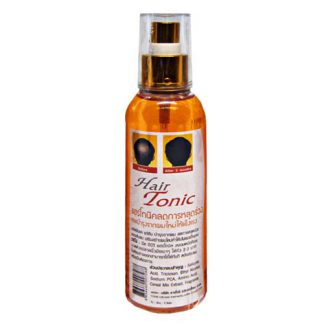 Genive Thai baldness tonic
1 × 3.75 $
Genive Thai baldness tonic
1 × 3.75 $ 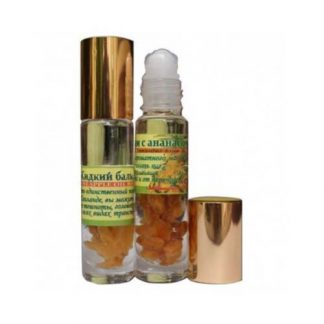 Pineapple oil Balm
1 × 1.19 $
Pineapple oil Balm
1 × 1.19 $  Wang Prom DARK BLUE BALM (50 gr)
1 × 3.03 $
Wang Prom DARK BLUE BALM (50 gr)
1 × 3.03 $  Herbal Relief Pain Oil RASYAN (20 ml or 50 ml) - 20 ml
1 × 3.72 $
Herbal Relief Pain Oil RASYAN (20 ml or 50 ml) - 20 ml
1 × 3.72 $ 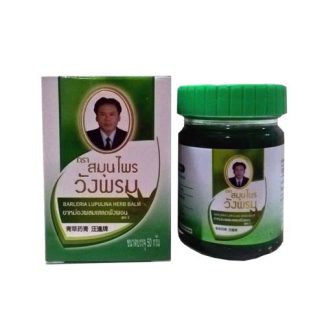 Thai green balm Wang Prom - 50g
1 × 3.75 $
Thai green balm Wang Prom - 50g
1 × 3.75 $ 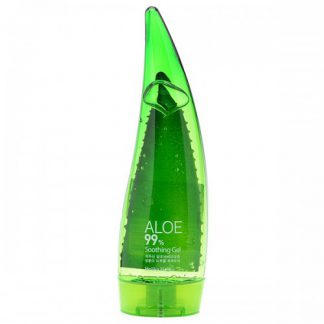 Holika Aloe 99% Universal Gel
1 × 3.31 $
Holika Aloe 99% Universal Gel
1 × 3.31 $ 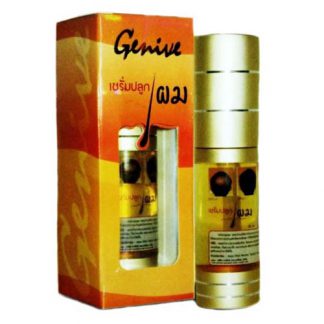 Genive Hair Loss Serum
1 × 6.82 $
Genive Hair Loss Serum
1 × 6.82 $ 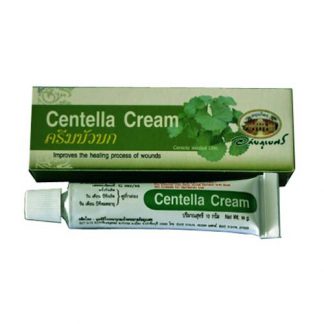 Centella cream for scars, stretch marks and wound healing
2 × 1.53 $
Centella cream for scars, stretch marks and wound healing
2 × 1.53 $ 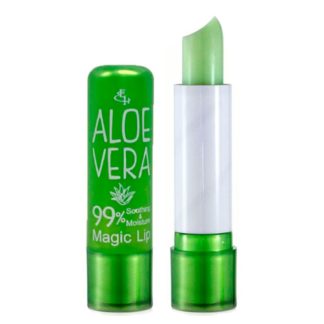 Aloe vera 99% Magic Lip
1 × 1.33 $
Aloe vera 99% Magic Lip
1 × 1.33 $ 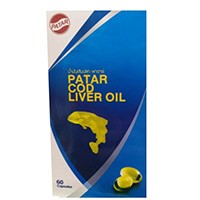 Cod liver oil capsules (60 capsules)
1 × 5.18 $
Cod liver oil capsules (60 capsules)
1 × 5.18 $ 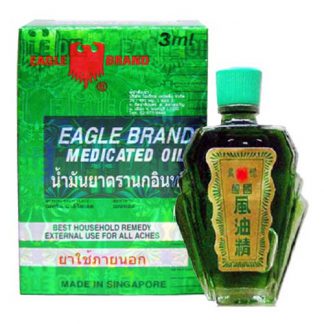 Healing oil with chlorophyll
1 × 3.51 $
Healing oil with chlorophyll
1 × 3.51 $  Tablets - cough drops and for fresh breath
2 × 0.83 $
Tablets - cough drops and for fresh breath
2 × 0.83 $ 
 Burnova Plus Gel Aloe and Plankton 25g
Burnova Plus Gel Aloe and Plankton 25g  Aloe Vera Gel Burnova Plus snow Algae 25g
Aloe Vera Gel Burnova Plus snow Algae 25g  Benda Anthelmintic Suspension (30 ml)
Benda Anthelmintic Suspension (30 ml)  Drops for eye fatigue Allergis 5 ml
Drops for eye fatigue Allergis 5 ml  Mangosteen Capsule 100% natural 30 capsules
Mangosteen Capsule 100% natural 30 capsules  Compound Kamincur Capsule Thanyaporn Brand
Compound Kamincur Capsule Thanyaporn Brand  Wang prom yellow balm (50 gr)
Wang prom yellow balm (50 gr)  Sheep Placenta Cream
Sheep Placenta Cream  Nida Trinolone Oral Paste for treatment of stomatitis
Nida Trinolone Oral Paste for treatment of stomatitis  Drinking marine collagen for beauty and health Donutt
Drinking marine collagen for beauty and health Donutt  Propoliz mouth spray
Propoliz mouth spray  Hamar longan Foot Pain cream
Hamar longan Foot Pain cream  Genive Thai baldness tonic
Genive Thai baldness tonic  Pineapple oil Balm
Pineapple oil Balm  Wang Prom DARK BLUE BALM (50 gr)
Wang Prom DARK BLUE BALM (50 gr)  Herbal Relief Pain Oil RASYAN (20 ml or 50 ml) - 20 ml
Herbal Relief Pain Oil RASYAN (20 ml or 50 ml) - 20 ml  Thai green balm Wang Prom - 50g
Thai green balm Wang Prom - 50g  Holika Aloe 99% Universal Gel
Holika Aloe 99% Universal Gel  Genive Hair Loss Serum
Genive Hair Loss Serum  Centella cream for scars, stretch marks and wound healing
Centella cream for scars, stretch marks and wound healing  Aloe vera 99% Magic Lip
Aloe vera 99% Magic Lip  Cod liver oil capsules (60 capsules)
Cod liver oil capsules (60 capsules)  Healing oil with chlorophyll
Healing oil with chlorophyll  Tablets - cough drops and for fresh breath
Tablets - cough drops and for fresh breath